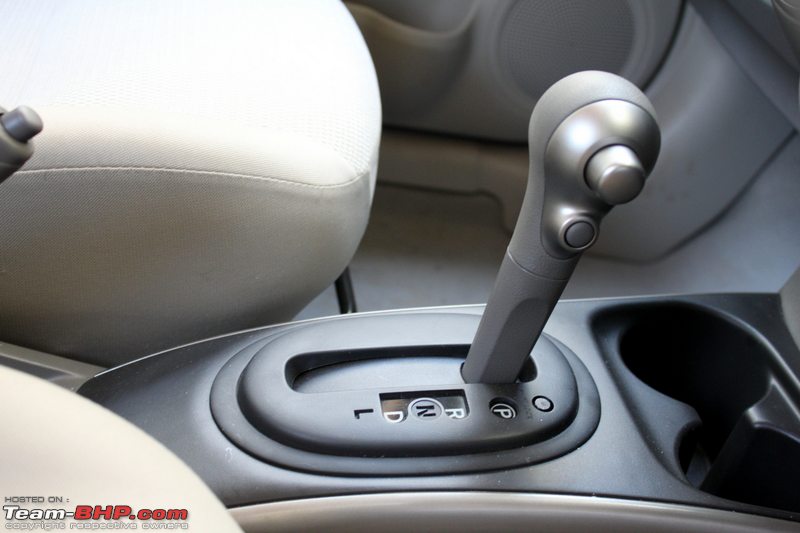 Note: The text below has been adapted from Noopster's Scala CVT review, as the driving experiences of the two cars line up exactly.
Note: The text below has been adapted from Noopster's Scala CVT review, as the driving experiences of the two cars line up exactly.
The Nissan Sunny Xtronic CVT is powered by a 1.5L DOHC 16 valve 4 cylinder petrol engine with Variable Time Control (VTC). It puts out 100 BHP (@ 5,600 rpm) and 134 Nm of torque (@ 4,000 rpm).
In the city, the Sunny CVT is a seamless shifter. Light pressure maintained on the accelerator makes it a boon to drive in bumper-to-bumper traffic conditions. The steering is feather light and the engine has sufficient power for urban confines. CVTs usually deliver power in a linear manner & the Sunny is no different. The Sunny is easy to point in and out of traffic gaps, but due to its sheer length of 4425 mm, you need to be picky when looking for parking spots.
On the open road, if your regular driving style is cruising @ 80 – 90 kph without too much downshifting and upshifting, the Sunny CVT is adequate for your needs. It's no road burner, yet it does the job of point A -> point B motoring. The petrol engine is refined when it isn’t pushed, and the CVT's shifts are absolutely jerk-free. In conventional ATs like the City & Vento, you still feel the gearshifts, however smooth they are. Not so in a CVT. When you consider the amazing space this sedan offers, I would highly recommend the Sunny CVT to the self-driven middle-aged gentleman whose car runs mainly in the city.
CVT's respond best to soft accelerator input. Prod the Sunny harder and you take the car out of its comfort zone. The Sunny CVT feels like a timid kitten when you mash the throttle to the floor. It's here that the weak points of the engine (lack of outright performance and engine noise over 3,000 rpm) come starkly to the forefront. Only this time, the negatives are further accentuated by the CVT gearbox.
The response of the CVT in highway overtaking manouveurs (or simply accelerating hard) is very poor. The tachometer, which is happy to laze around the 1,500 rpm level with a light foot, suddenly and inexplicably rises to 5,500 rpm. Then, it simply stays there, until you lift your foot off the accelerator. This “rubber-band” effect, as is the case with most CVT's, becomes very prominent when you floor the throttle. The rpm rises, but there is no resultant increase in speed!! The Sunny takes its own sweet time to gain momentum. Overtaking fast moving traffic requires careful planning. This isn’t an engine that likes the redline either. It sounds awfully noisy at high rpm and feels stressed. The Sunny CVT suits those with a sedate driving style. If you are looking for fun & play with an auto tranny, consider the Honda City 5-Speed AT or the Ford Fiesta dual-clutch automatic instead.
Driving Modes:
The Sunny CVT doesn’t have a manual shift mode (neither tiptronic nor paddle shifters).
Right below the large “gear unlock” button is a smaller button to engage Sport mode. Sport mode basically maintains a higher rpm for the same driving conditions. There’s nothing really sporty about it, and you only end up with a louder engine note & higher fuel consumption. However, Sport mode can be useful for preparing the car just before an overtaking manouveur (bringing the engine closer to its power band). It also gives you additional engine braking, as sport mode prevents the car from free-wheeling. In regular (non-sports) mode, the Sunny starts free-wheeling as soon as you take your foot off the accelerator.
Shift the gear lever to "L" mode for inclines & declines. The CVT maintains a lower ratio for powering up inclines, and engine braking when going down.
The engine bay is familiar territory:

The
Sport Mode Indicator:
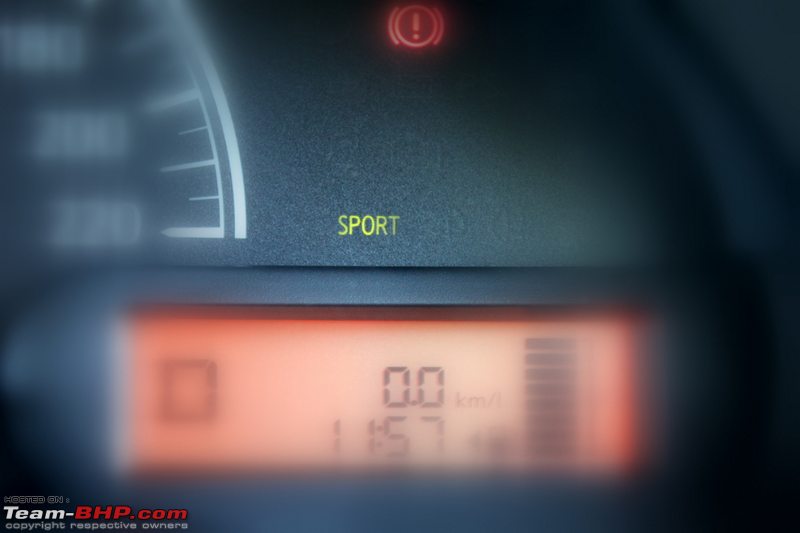
Go beyond 3,000 rpm and engine noise gets very audible inside the cabin. All overtaking maneuvers are a noisy affair:
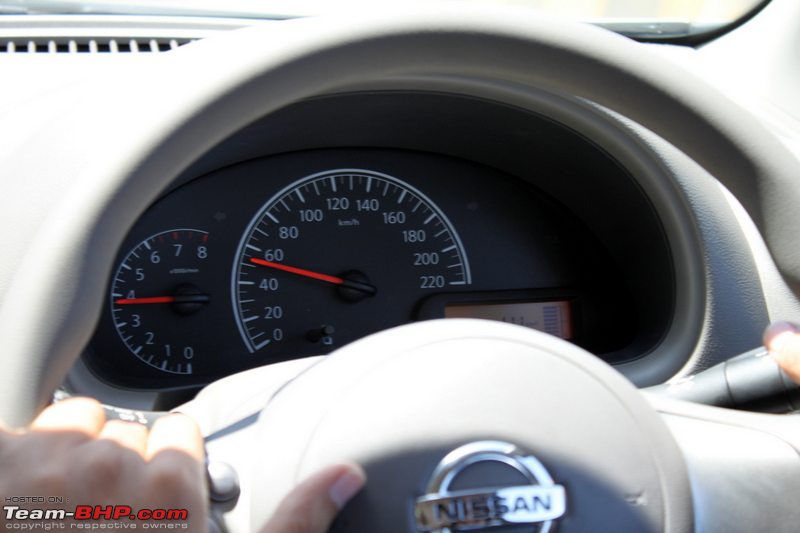
Videos explaining the Nissan Xtronic CVT:
 (9)
Thanks
(9)
Thanks
 (3)
Thanks
(3)
Thanks
 (2)
Thanks
(2)
Thanks
 (6)
Thanks
(6)
Thanks
 (7)
Thanks
(7)
Thanks
 (7)
Thanks
(7)
Thanks

 (4)
Thanks
(4)
Thanks

 (1)
Thanks
(1)
Thanks
 (1)
Thanks
(1)
Thanks
 (3)
Thanks
(3)
Thanks
 (1)
Thanks
(1)
Thanks






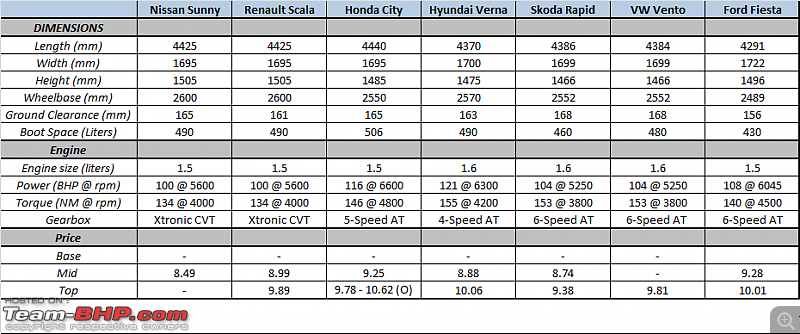
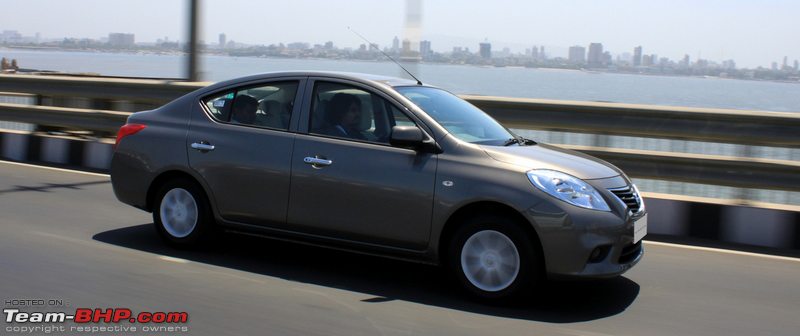


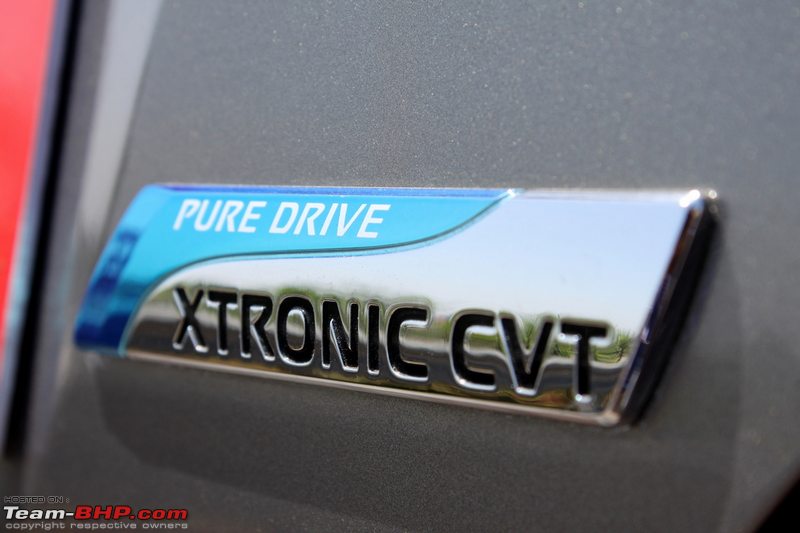
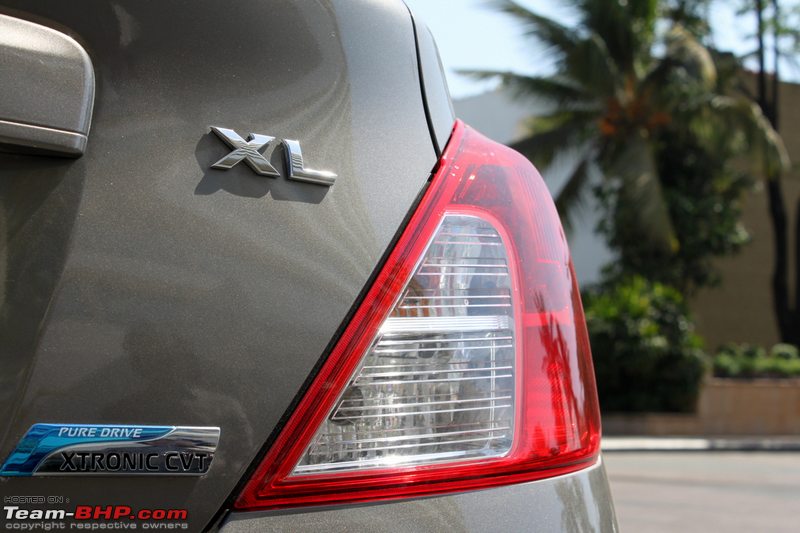
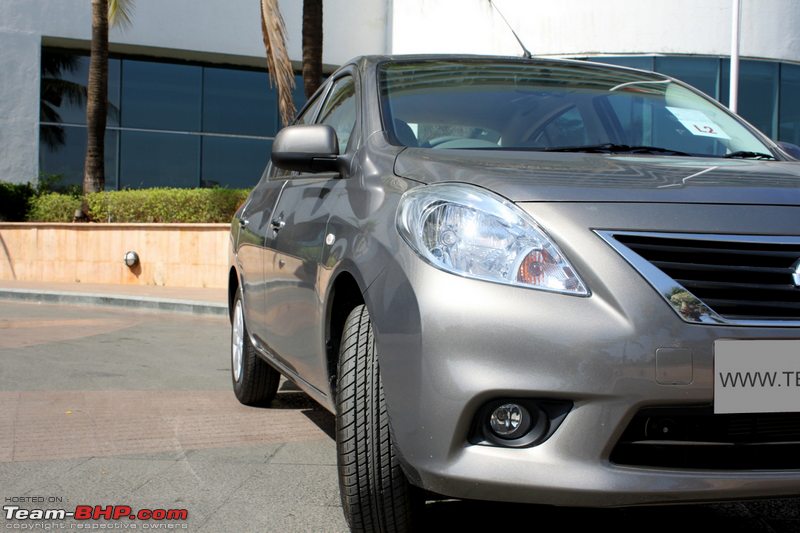
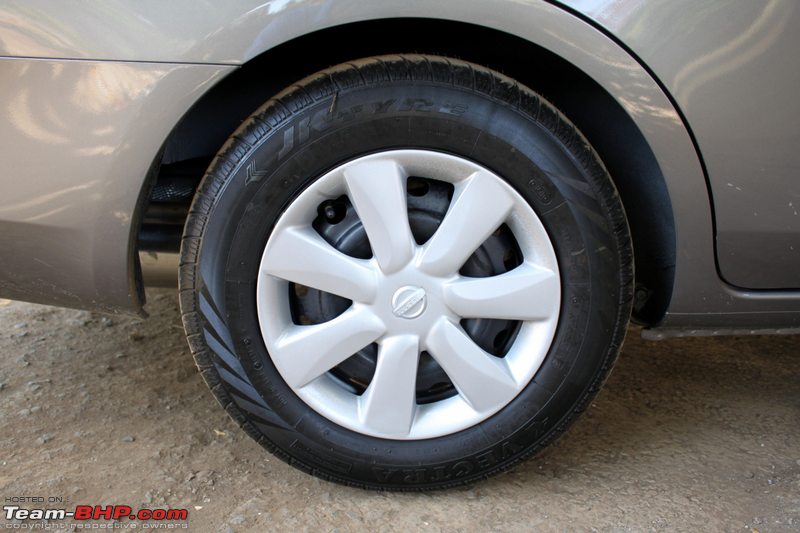
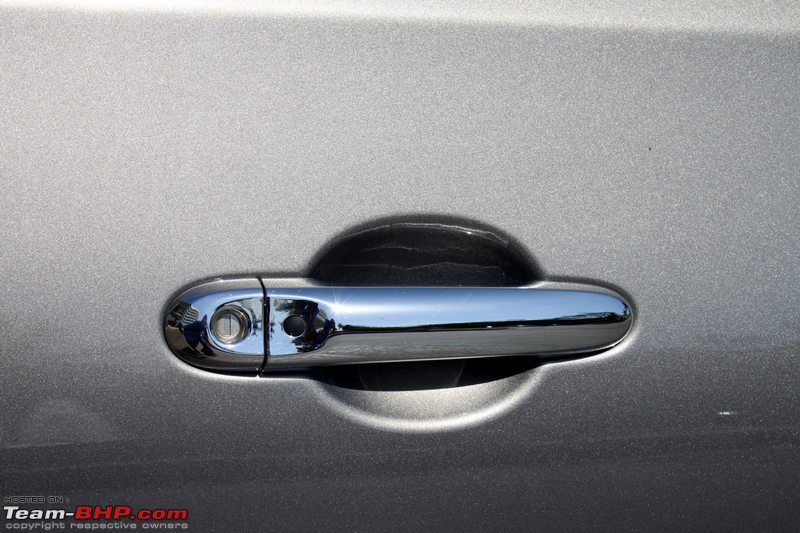
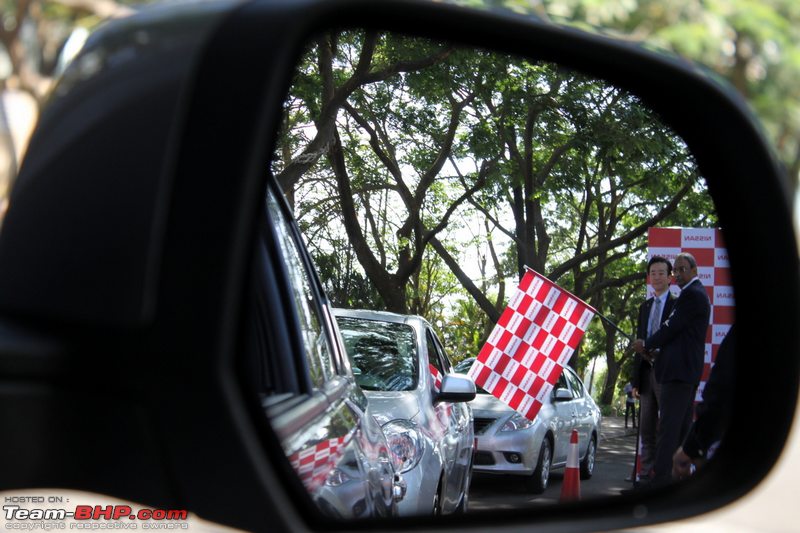













 Why cannot companies such as Nissan who are struggling for some decent numbers launch a USP such as a diesel automatic which is really the need of the hour. Wondering if there is such a big issue with mating the auto with a oil burner heart
Why cannot companies such as Nissan who are struggling for some decent numbers launch a USP such as a diesel automatic which is really the need of the hour. Wondering if there is such a big issue with mating the auto with a oil burner heart